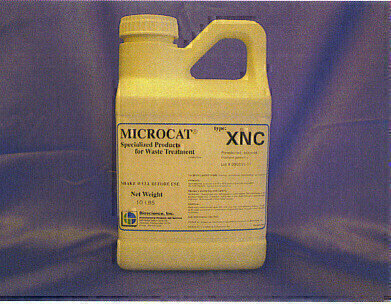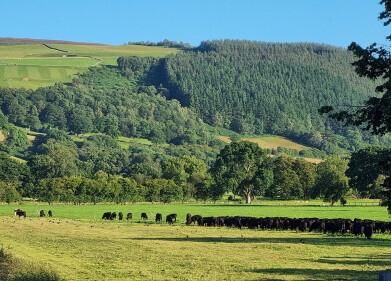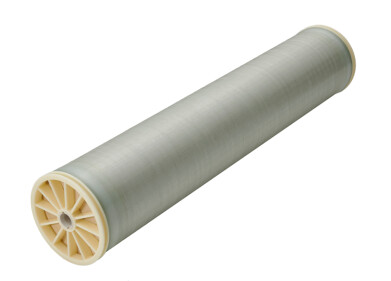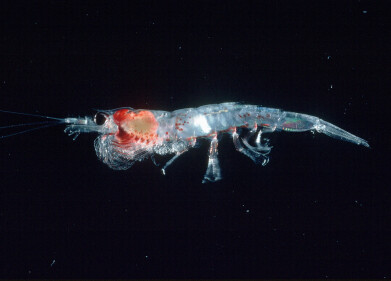Water/Wastewater
Cold Weather Nitrification Improved with Microcat Use
Nov 30 2011
Maintaining good nitrification in a wastewater treatment plant is always tricky. The plant has to be operating at top efficiency, with a healthy biomass to reduce ammonia concentration, thus avoiding non-compliance with effluent permit limits. Now that cold weather is upon us, at least in much of the northern hemisphere, the problem is compounded.
Most nitrifying bacteria grow very slowly at low temperatures, and winter can also increase the amounts of anti-freeze or road salt entering a municipal activated sludge plant, causing biomass defloculation and nitrifier washout. Some relief can be obtained by increasing sludge age to grow larger nitrifying populations and by making sure that conditions, such as nutrient levels and pH, are optimum for bacterial growth. When possible (in industrial settings, for example) amounts of toxic or inhibitory organic and inorganic compounds in the waste stream should be reduced.
Since the latter is not often possible, the next best thing is to apply hydrocarbon degrading microorganisms, such as Microcat-XR or Microcat-HX, to break down materials such as ethylene glycol, allowing natural populations of nitrifying bacteria to survive.
The problem can also be attacked more directly, by seeding the plant with synergistic varieties of nitrifiers, such as the pre-selected and adapted strains of Nitrosomonas and Nitrobacter in Microcat-XNL/XNC ammonia oxidizing bioformula. Microcat XNC is a refrigerated slurry concentrate of the room-temperature liquid Microcat-XNL. Both are metered directly into the aeration zone for preventive maintenance.
Case Study
A 11.356 m3/day municipal wastewater treatment plant also received industrial and food processing wastes containing ammonia. In cold weather, when lagoon temperatures fall to 10 to 14 degrees C, effluent ammonia-nitrogen content often exceeded the 3 mg/l permit limit. Microcat-XNL Nitrifiers were added to the second of two aerated lagoons connected in series, while pH was controlled using soda ash. Ammonia-nitrogen content in the effluent averaged 2.85 mg/l when influent levels averaged 17.41 mg/l. This represented 84 mg/l ammonia removal, versus 52 mg/l and 43 mg/l in previous years, resulting in effluent levels of 5 mg/l and 11 mg/l respectively.
For more information about how Microcat can help solve your nitrification problems during the winter period contact us.
Events
Carrefour des Gestions Locales de L'eau
Jan 22 2025 Rennes, France
Jan 29 2025 Tokyo, Japan
Feb 05 2025 Nantes, France
Feb 16 2025 Kampala, Uganda
Feb 26 2025 Chennai, India






-as-feedstock.jpg)





